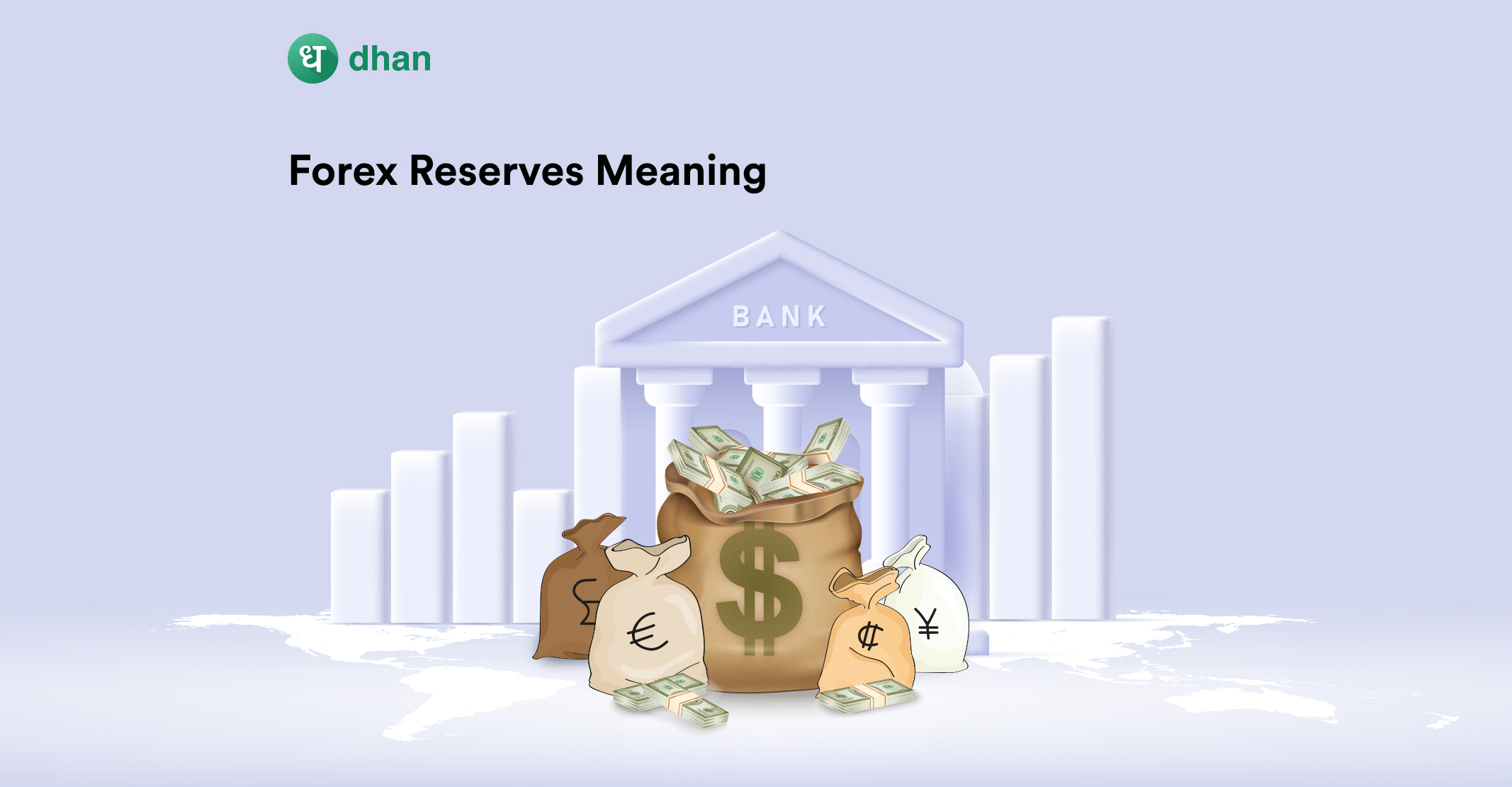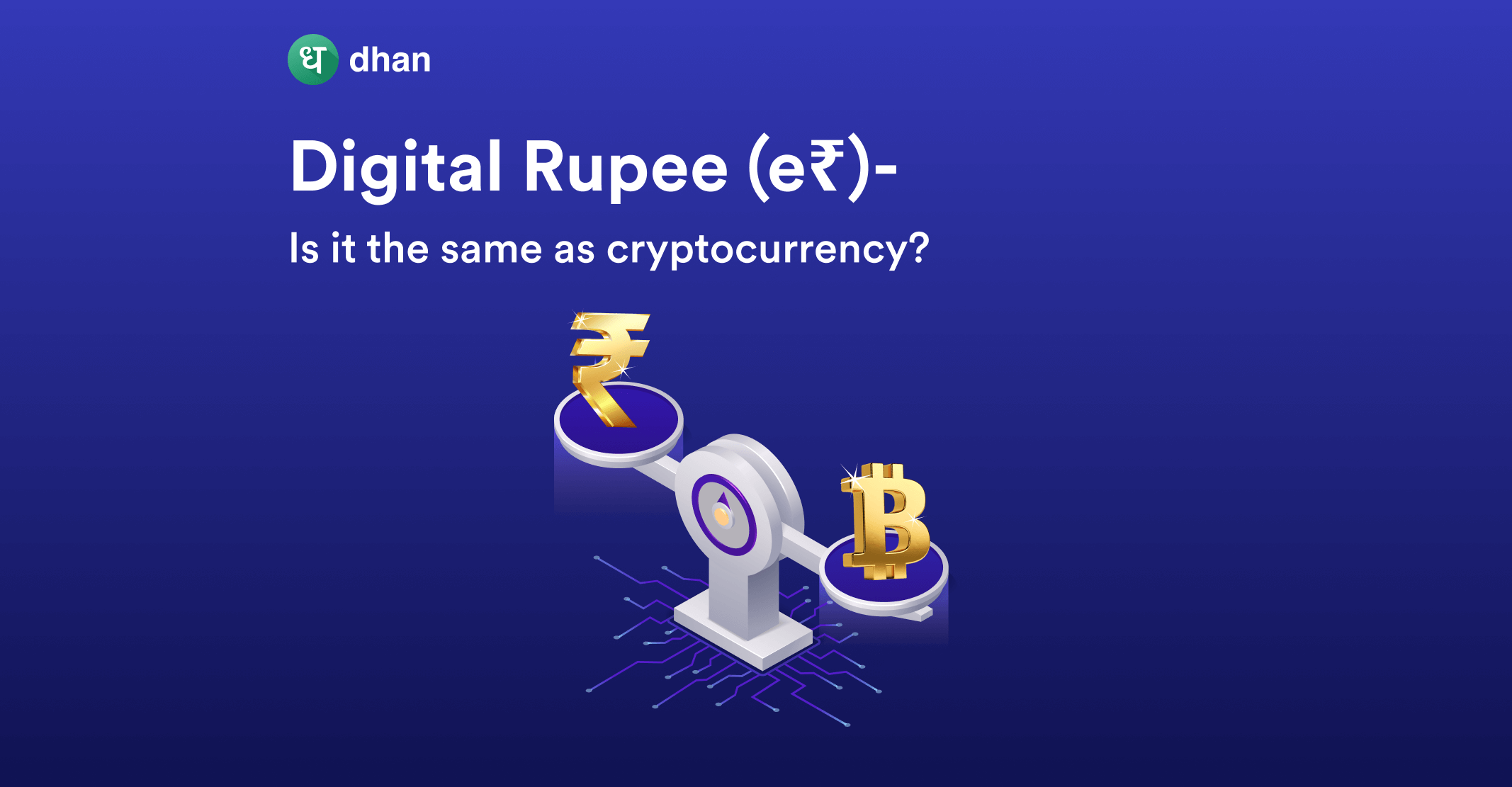What is the Meaning of Forex Reserves?
The international currency that a country’s central bank holds in its treasury is known as its forex reserve. A country may hold forex reserves of one or more foreign currencies in the form of deposits, notes, and coins.
But forex reserves are not limited to physical cash. They can include derivatives, bonds, and treasury bills. In fact, some countries may diversify their foreign currency reserves through a Sovereign Wealth Fund (SWF).
The money that a country may typically store in its reserves is, instead, transferred to an SWF that invests in real estate, stocks, gold, and other financial assets. The SWF is generally managed by the central bank.
So far, we have spoken about the traditional definition of forex reserves, which is cash only. However, the modern meaning of forex reserves includes gold reserves and IMF-related assets like Special Drawing Rights (SDRs).
Thus, the top forex reserves assets are:
- Currency deposits
- Notes & coins
- Bonds
- Treasury bills
- Currency futures & options
- SWFs
- Special Drawing Rights
The accurate term for forex reserves would thus be “international reserves” or simply “official reserves” if you take into account foreign cash as well as other assets and instruments.
If you’re wondering why a country would maintain a reserve of foreign currency, these are the reasons:
- Protect their domestic currency
- Influence foreign currency
- Draft monetary policy
- Fulfill debt obligations
Later on, you’ll get to know more about the countries with the largest forex reserves. For now, let’s see how countries acquire and maintain foreign currency reserves.
How Does a Country Get Foreign Reserves?
First and foremost, every country has a central bank that regulates currency and maintains monetary policy. The task of acquiring, maintaining, and distributing forex reserves also rests with the central bank.
In India, forex reserves are handled by the RBI. Buying forex on the open market is one of the main ways in which the RBI builds up the nation’s reserves. Basically, the RBI buys and sells forex.
There is also another important way – trade surplus. When a country’s exports exceed imports monetarily, there’s a surplus that’s built up in foreign currencies. This is added to the nation’s forex reserve.
India doesn’t have a trade surplus. It has a trade deficit so accumulating forex reserves through this medium is currently not possible. But there are other countries like China and Germany that have a trade surplus.
FPIs investing in a country is also known to add a boost to forex reserves. But that’s a slippery slope. You’ll see this in motion in an example in the next section about the benefits and reasons for maintaining forex reserves.
What is the Benefit of Forex Reserve?
The world that we live in today is far more interconnected than ever. Global trade happens at the rate of knots, meaning trade relations are paramount. At the same time, most countries are adopting an “us first” approach.
This means that a nation must strike a balance between paying other countries in the preferred currency while protecting their own domestic money. Not to forget, forex reserves help draft monetary policy that’s firm.
All of this is possible through maintaining healthy reserves of foreign currency, especially if the economy works on a floating interest rate.
To understand these aspects in motion as well as the true forex reserves meaning, let’s take two real-world examples.
How are Forex Reserves Used?
India is one of the biggest importers of plastics from the US. In fact, India bought plastics worth $1.18 billion from the US in 2021. The US would not accept payment in INR because it’s not their domestic currency.
That means India must convert INR into USD to get the required amount. Or, India could tap into its forex reserves. Either way, buying or converting one currency requires selling another.
If you’ve guessed what’s going to happen next, kudos to you. The value of INR will drop because the amount of INR being converted into USD is significantly high. This is one way in which having a reserve of foreign currency helps.
Let’s take one more example. If the US decides to increase its interest rates, the INR will take a hit. Why? Because investors will flock to the US for better returns by selling their INR investments.
In such a case, India’s Central Bank can simply sell off a chunk of USD from its forex reserves to strengthen the INR. Above all, this act of selling USD can help India fulfill its debt obligations without entering into crisis mode.
Which Country has Highest Forex Reserves?
Export-heavy economies are generally known to be at the top of the pile when it comes to forex reserves, especially those countries whose trade surplus is a direct result of heavy exports.
This is one of the reasons why China has the largest forex reserve in the world, which stands at over $3 trillion, followed by Japan, Switzerland, Russia, and India. Here’s a complete list of the countries that have the highest forex reserves.
Top 10 Forex Reserves Countries
| Rank | Country | Forex Reserves (in USD Billions) |
| 1 | China | 3,480 |
| 2 | Japan | 1,376 |
| 3 | Switzerland | 1,033 |
| 4 | Russia | 565 |
| 5 | Taiwan | 548 |
| 6 | India | 545 |
| 7 | Hong Kong | 504 |
| 8 | Saudi Arabia | 451 |
| 9 | South Korea | 449 |
| 10 | Singapore | 365 |




Comments are closed.